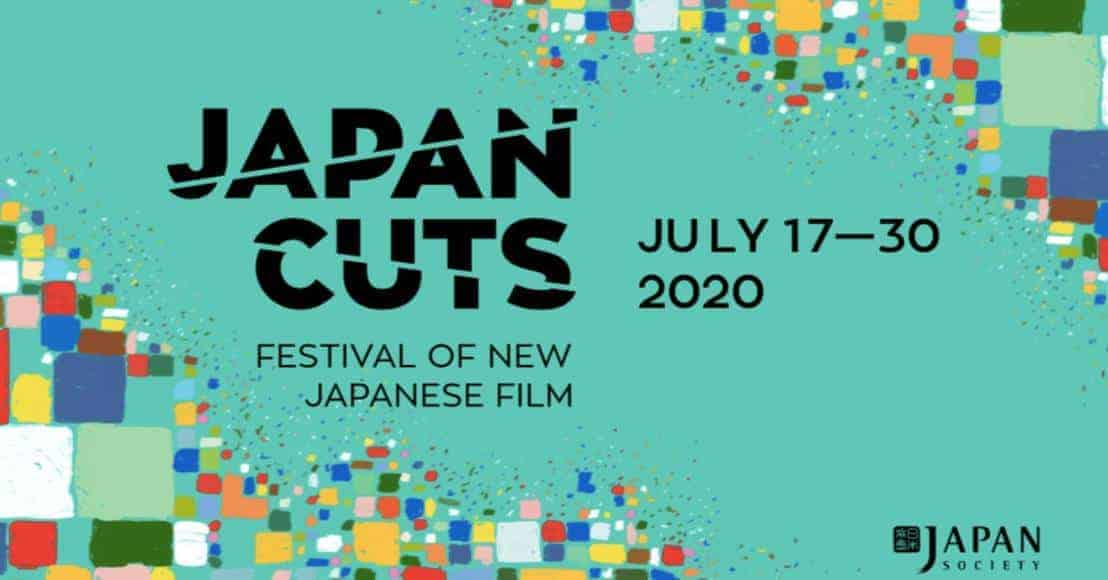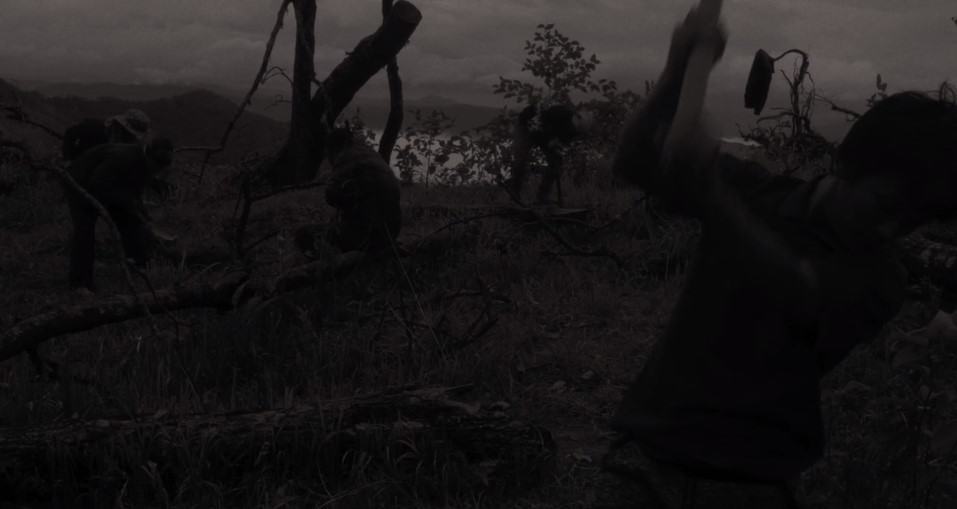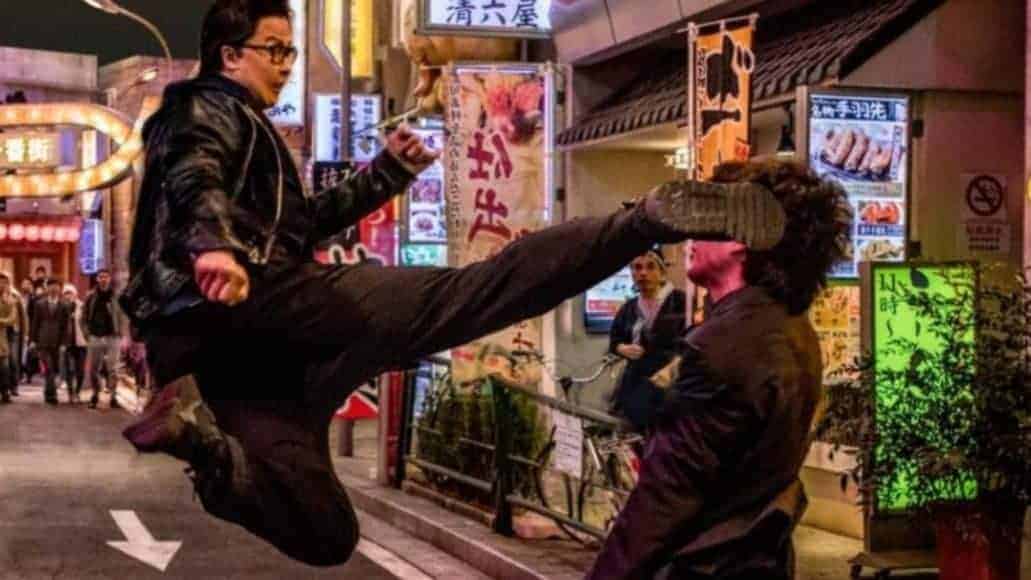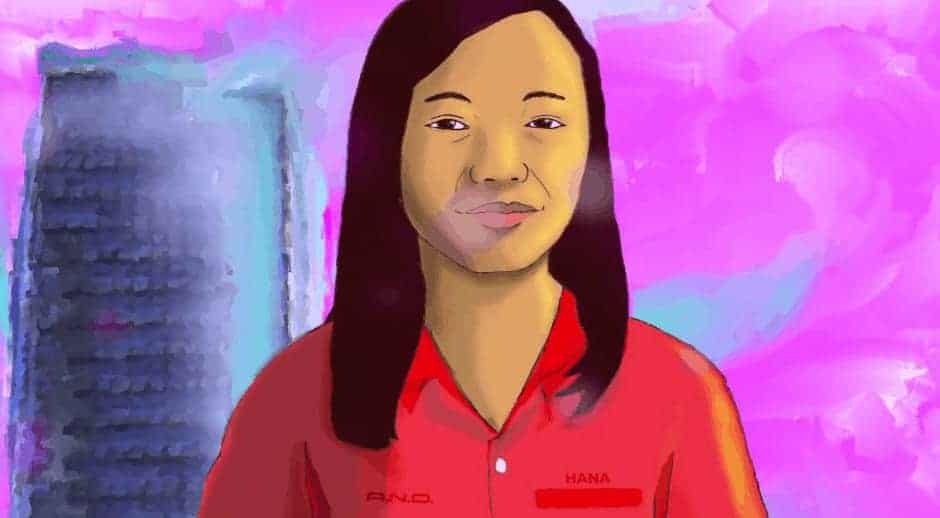During World War 2, an intense battle between the Japanese and the British took place across Myanmar. Consequently, the people of the region faced many violent atrocities against their communities at the hands of Japanese soldiers. After the war, the Chin State in Myanmar was closed off to foreigners, a ban which was only recently lifted in 2013. As a result, the Japanese government made efforts to reclaim the corpses of the fallen. The task fell on the local Zomi people, who still to this day dig through the mountainous area in search of the fallen.
Bleached Bones Avenue is Screening at the Japan Cuts Festival of New Japanese Film

“Bleached Bones Avenue” follows a group of diggers over a period of a couple days, as they arrive at the base to get briefed, grab supplies, then head up the mountain to dig. It is within this process that the futility of the situation becomes conveyed, with such an expansive region slowly excavated by a small handful of locals. Consequently, this quick view into a ‘day of' explains why the process that started back in 2013 has yet to come to an end, and may never finish. Undeniably, it is a rather peculiar situation posed by wanting to respect the dead more so than practicality.
Besides the actual physical work to reclaim the bones of the deceased, there is another subtle issue addressed within the production that adds another layer of intrigue. This comes from the villagers' perspective of the past, where they are tasked to bring spiritual rest to a group that terrorized their culture and people in horrific ways. This subject is not approached from a political or moral standpoint on how the diggers actually feel about what they are doing, but just hearing the workers discuss the various crimes gives an impression of a degree of underlying resentment.
The work and the sentiments of the people does make for a fascinating portrait of these workers and culture that is an unexplored topic. Consequently, just learning about the situation in such a short candid fashion provides a lot of insight. However, the factual content in the short is limited in choosing to focus on the task over relaying historical information. As a result, the film may not appeal to all fans of documentaries who favor information over conveying experiences. Even if there is some cross over, the focus of the filmmakers is apparent.
Looking at the technical aspects of the production, the movie does contain a great deal of visual flair through both slight experimentation as well as the landscape itself. However, it is somewhat hard to not attribute the beautiful cinematography to the remote and picturesque backdrop of the mountainous area. Regardless of reasoning, the end product is profoundly beautiful in exploring the terrain, complimented by stylized black and white segments.
“Bleached Bones Avenue” is a quick, 15 minute look into the lives of the Zomi people tasked with an arduous task. In capturing a single day, the doc proves to be a fascinating look at what the people go through and offer the audience a look into a remote area and a topic rarely if ever discussed. However, the length also hurts the films capability to offer more historical, anthropological or political insight into the operation, which will undoubtedly limit its appeal. On the other hand, the time restrictions present a documentary that is quick and easy to consume, making it a worthy experience despite possible shortcomings in execution.















